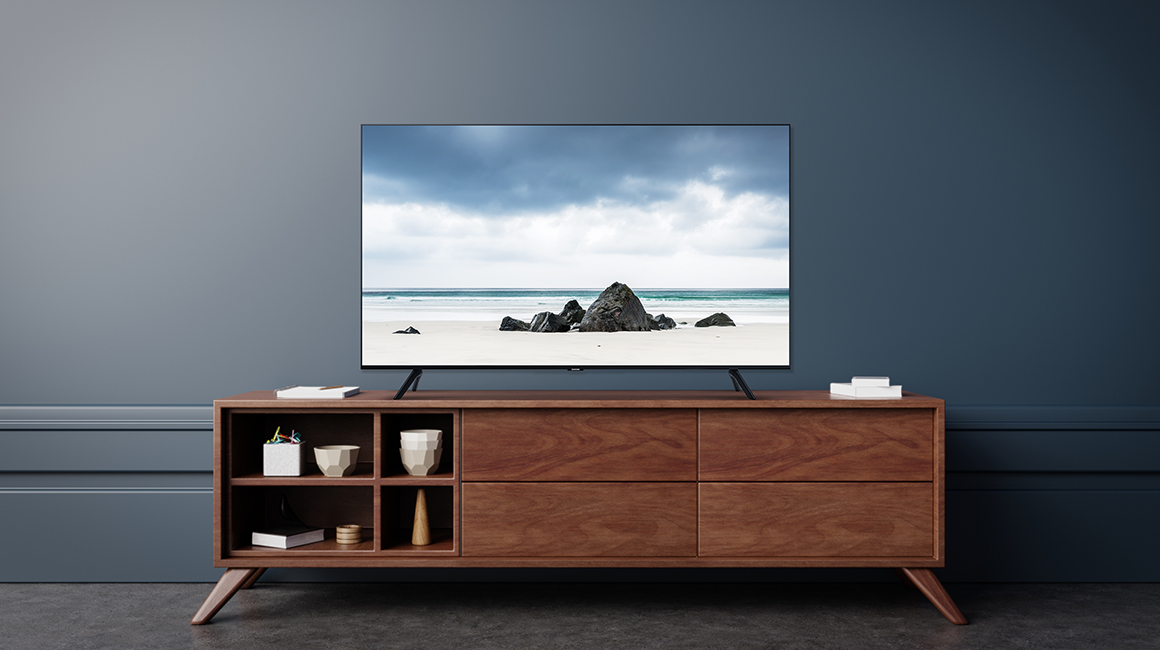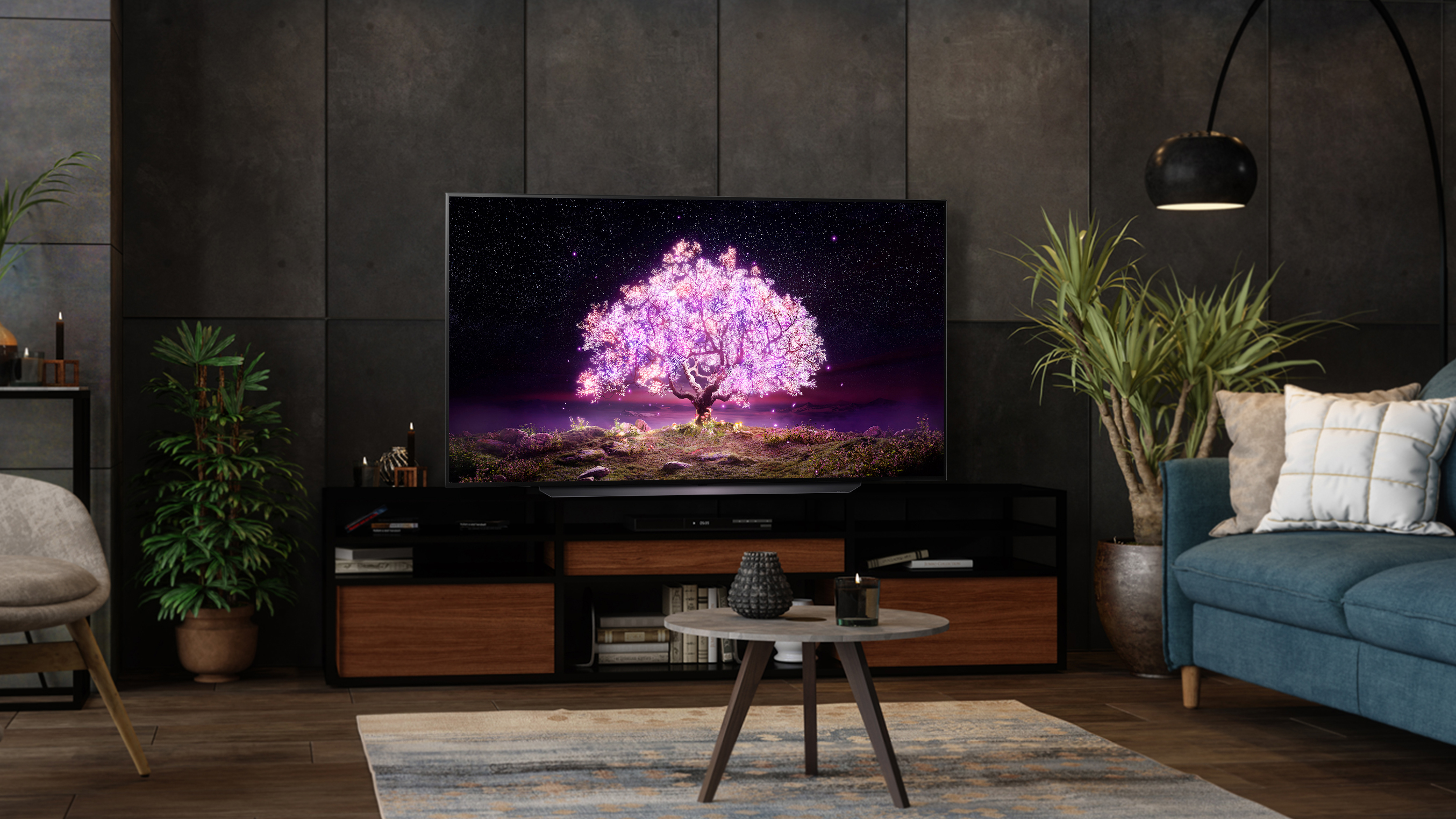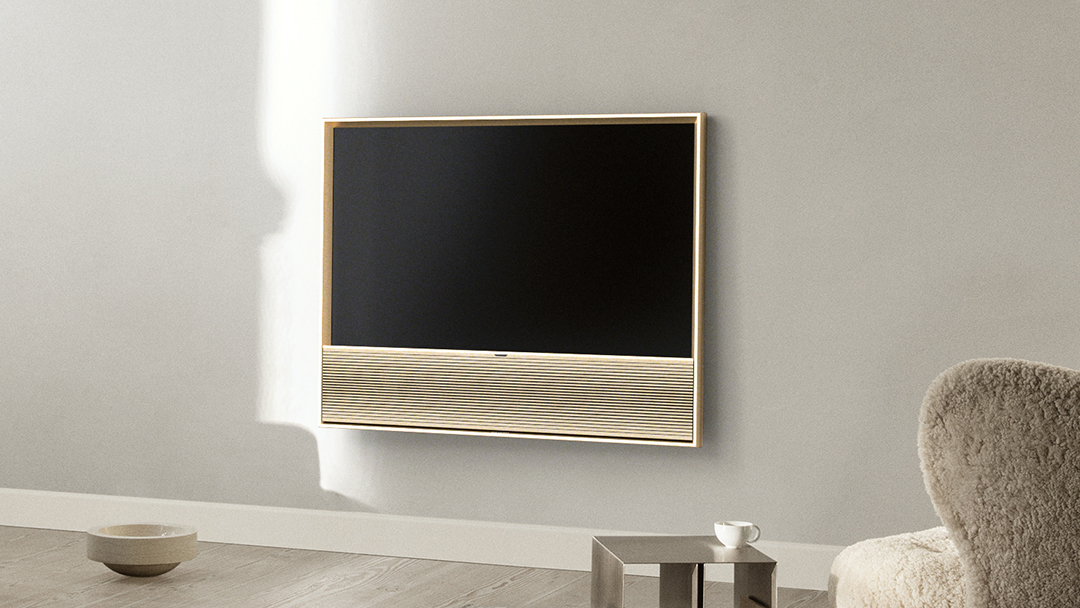OLED TVs probably won't get any smaller – here's why

OLED TVs are certainly having a moment, with almost all the biggest TV brands offering OLED sets in their premium ranges, and new screen sizes bringing the technology to more homes than ever. Given OLED’s reputation for being costly to produce and limited in sizes, though, we can’t help but wonder how small a small OLED TV could really get.
Now, 2021 is seeing a new host of OLED sizes, with an 83-inch model coming to the LG C1 OLED, and panel supplier LG Display confirming that a 42-inch OLED panel is in the works for a number of unconfirmed sets.
The sizes build on the success of last year’s 48-inch OLED size, which came to the LG CX as well as Sony’s A9/A9S and Philips’ flagship OLED+935 – and is set to come to the LG C1 and A1 OLEDs this year too.
The trend certainly seems to be smaller, rather than larger OLEDs, which goes against the received wisdom of TV buyers only wanting bigger screens as time goes on and production costs drop. So how small will OLED TVs be next year, and should you hold out for a 32-inch TV sporting an OLED panel? Here’s what you need to know.
If the price is right
To get a better understanding of the likelihood of truly small OLED TVs, we chatted with Paul Lee, Head of Global Research at Deloitte, who isn’t convinced that the market for 32-inch OLED was really there.
“People have been trained to expect larger and larger screens, and also been trained to expect better and better picture quality,” says Lee. “Having to move to smaller screens would be a compromise. So, I wouldn't expect there to be a surge of much smaller screens – and I expect screens will continue on average, just to grow in size.”
Part of the issue is that films and TV shows are increasingly being produced for a consumer base with ever-larger televisions, meaning little-to-no content is being optimized for compact screens – and there may be a limit to how small OLED TVs can go without risking their reputation for top-notch picture quality with 4K resolution screens (32-inch TVs these days max out at Full HD).

The associated benefits of most OLED TVs – decent sound systems, sleek smart TV interfaces, good built quality, and the like – would all be harder to implement at a smaller size without bulking out the depth and limiting the cost reduction too.
Lee tells us that “Having lots of data on a small screen is hard. Watching a really good movie on a small screen is hard. I would expect television, increasingly, in terms of drama and sports and the like, to be formatted for large screens. So I really can't see OLED TVs becoming a lot smaller.”
There’s a manufacturing issue to consider too. A recent report by DSCC (Display Supply Chain Consultants) states that the latest 42-inch panel size can’t be made as efficiently as other, more standard sizes, given how much of a glass sheet is wasted when being split into multiple 42-inch panels.
“Whereas 55-inch 6-up reaches 90% glass utilization and 48-inch 8-up reaches 91%, a standard configuration for 42-inch (also 8-up) achieves only 70% utilization," the report states.
“6-up” or "8-up", here, refer to how many panels can be made out of a single sheet of glass. There is a manufacturing method that improves these figures, with MMG (multi-model glass) allowing LG Display cut 42-inch panels in both landscape and portrait for “87% glass utilization”, but it’s clear that varying sizing adds complexity (and therefore cost), and we wouldn’t expect LG to go all in on a vastly smaller OLED size without taking this into account.
Pixel perfect

"While it is technically feasible to make a 32-inch OLED TV or monitor, there are a number of difficult manufacturing challenges to overcome, “ says Michael Helandar, CEO of OTI Lumionics.
Why’s that? Current OLED TV displays make use of a “bottom emitting architecture” (where pixels emit light from the back of the display panel) – unlike, say, OLED smartphones, which use “top emission” (where pixels emit light from the upper side of the panel).
Helander tells us that this difference limits the pixel density on OLED TVs, because of the layers of transistors that pixel light needs to pass through: “As a result, it's really difficult to increase the resolution of OLED TVs to far above 100 ppi [pixels per inch]. This is also why LG's 8K OLEDs use such enormous size panels [77-inch, 88-inch].”
It is technically possibly to split a 77-inch 8K display into four 4K panels at around a 27-32 inch size, says Helander – but it even then he thinks LG is unlikely to pursue it.
“It's more likely to see larger size OLED monitors (27-32 inch) before we see small TV panels,” says Helander, before pointing me to a 27-inch OLED monitor that LG does indeed have coming to market. “One of the critical market forces at play here is that 27-inch 4K IPS monitors sell for the same price as a 55-inch LCD TV, which means the monitor market can sustain a higher price per unit area of display.”
Paul Lee similarly asserts that, “if you have the money for 32 inch OLED you're probably investing that in a 4K monitor that sort of does both jobs for you.”
Market forces

The push for small OLED TVs will no doubt rise and fall with the whims of consumers, like any other TV technology brought to market. But the expectation of 4K resolution for an OLED display, as well as quality materials and sound systems to match the quality of the picture, makes a truly compact OLED TV quite unlikely. Obstacles in manufacturing, too, may well give LG Display pause when considering whether to invest in an OLED panel size that could compromise what draws shoppers to it in the first place.
In the meantime, you have these 48-inch OLED TVs to consider, with the promise of 42-inch models to come. For anything smaller, these 32-inch TVs with LCD panels should do you just fine.
- Best OLED TVs you can buy right now
from TechRadar - All the latest technology news https://ift.tt/3dNPcCJ

Post a Comment